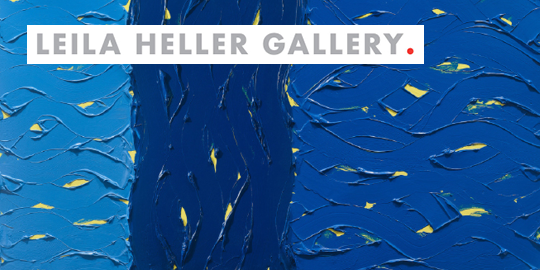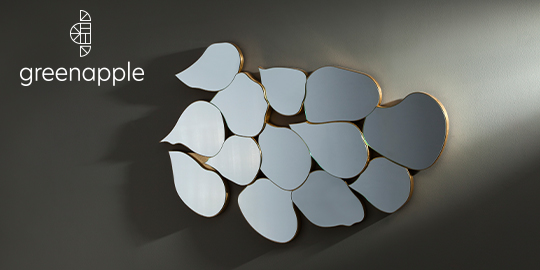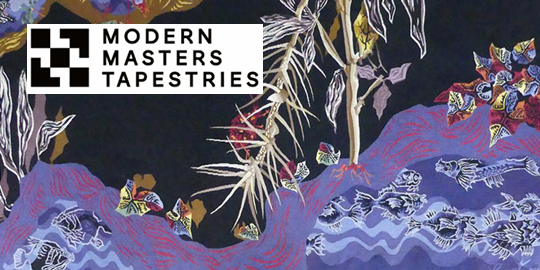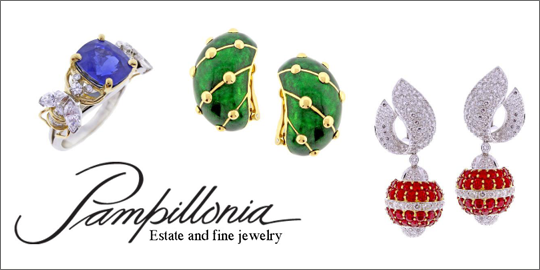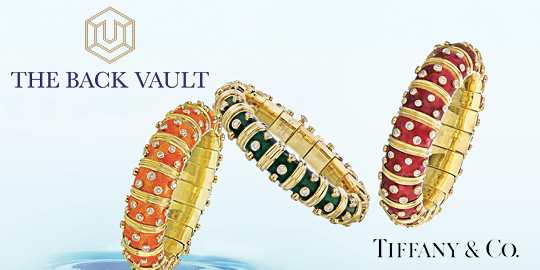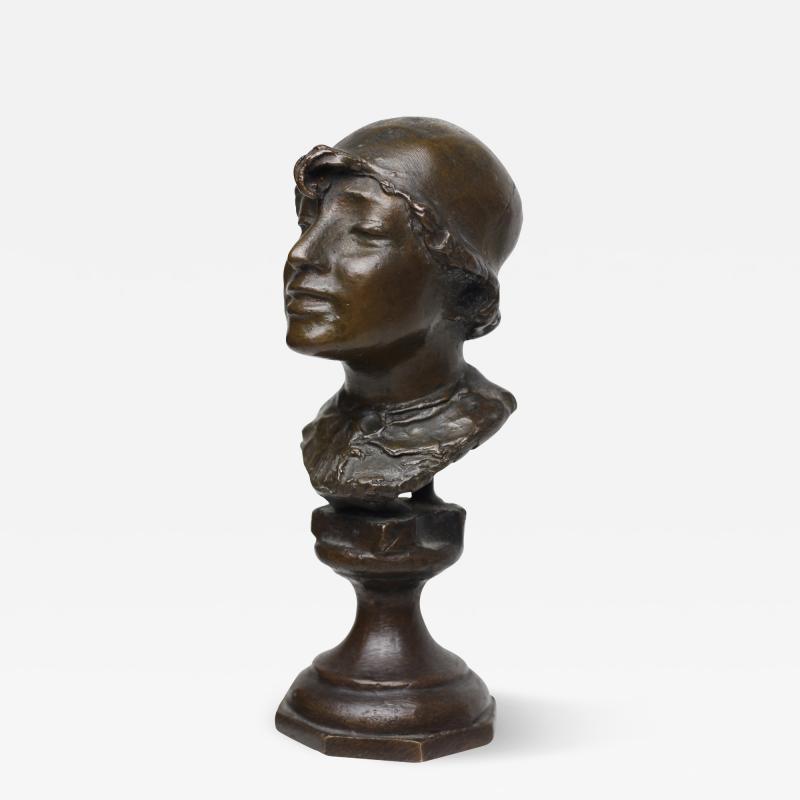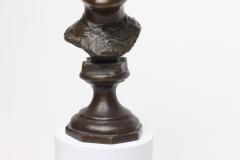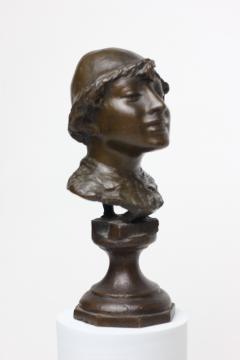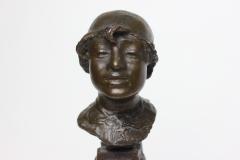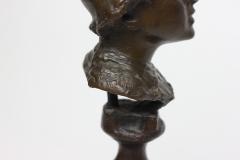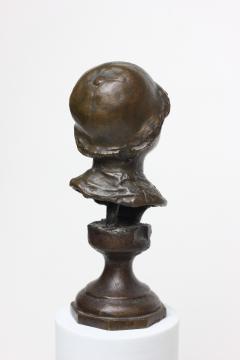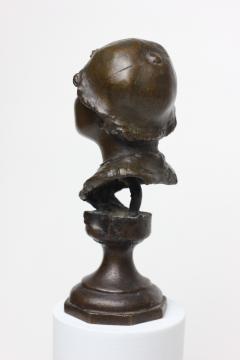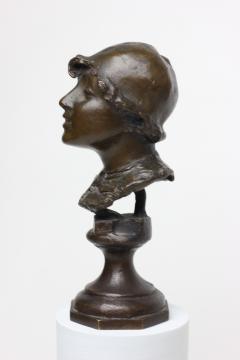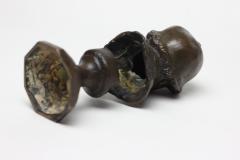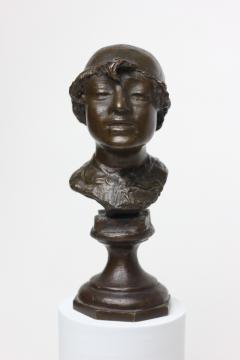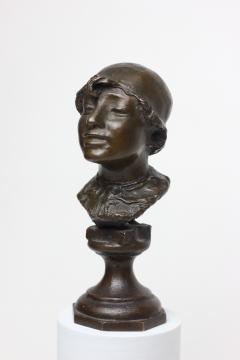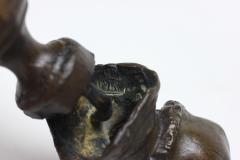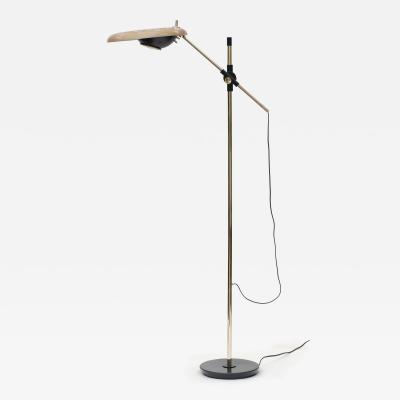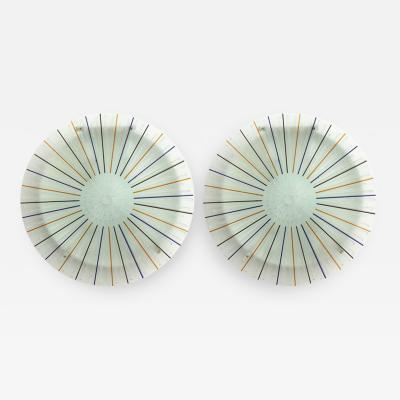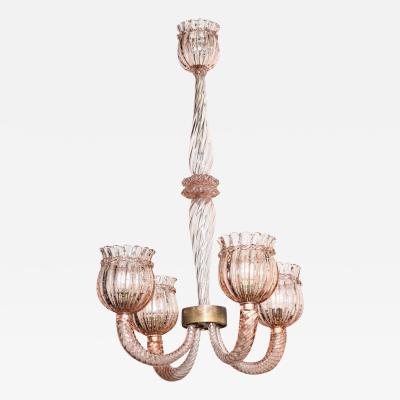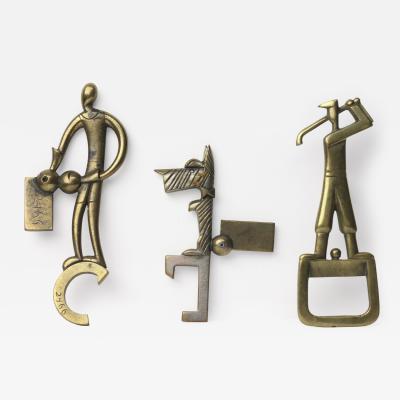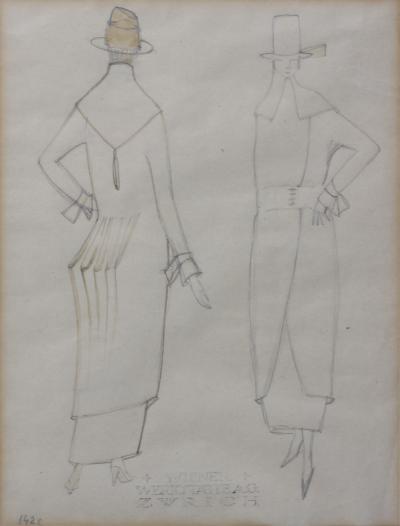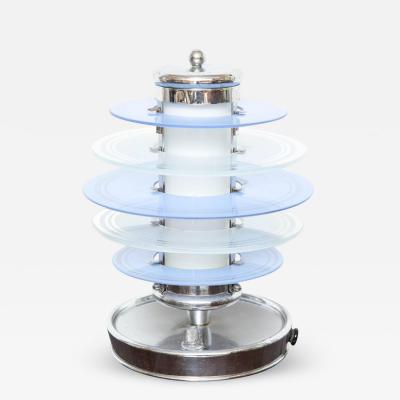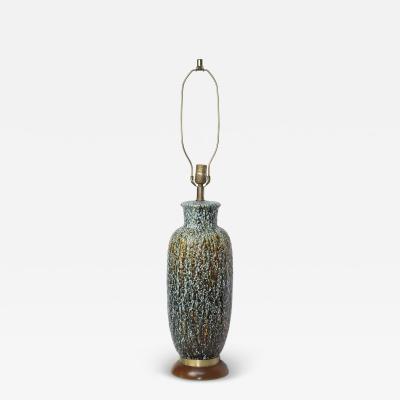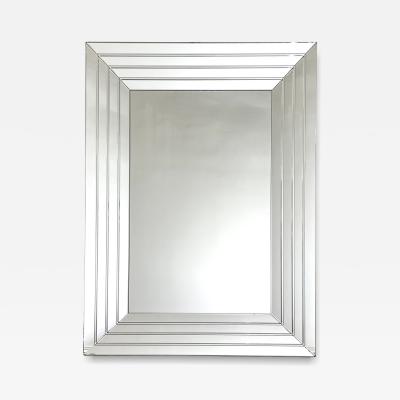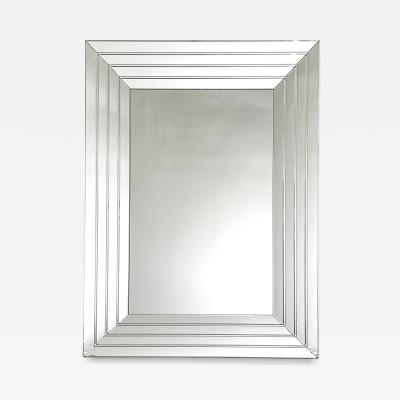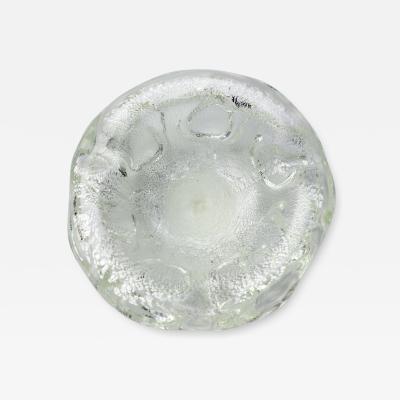On offer for your consideration we have an expressive bronze bust of a young man with hat.
This sculpture was made in Italy in 1900 by artist Rocco Milanese. He was a significant sculptor from the late 19th Century through the 20th Century. Rocco Milanese was a very talented expressionist sculptor and painter where his works are in many museums and private collections in Europe and around the World.
Rocco Milanese, Italian Sculptor and ceramist was born in Melicucca Reggio Calabria in 1852. At first he studied in Naples at the Institute of Fine Arts, then moved to Rome where he attended the School of Anatomy thanks to the interest of the sculptor Giulio Monteverde. For a year he was in Achille d'Orsi's studio. He probably returned to Naples, or at least lived for more years in the city, if Mattia Limoncelli in a 1937 conference at the Circolo Artistico (Naples in 19th century painting, work cited) said that Milanese was one of the "favorite subjects" of the painter Luca Postiglione. He exhibited at eight Neapolitan Promotrices (1876; 1882, with two works, Pescatore, bronze, purchased by the Promotrice herself, and Testina, purchased by the Duke of San Donato and obtaining the flattering appreciation of the "Pungolo"; 1884, with First gift, small bronze, praised by the "Corriere del Mattino"; 1885, with Danzatrice , purchased by tenor Masini; 1886, with Testa di frate , once owned by the Banco di Napoli; 1887; 1889, with La zingara, Portrait of a lady, Peasant returning to the countryside , purchased by the Princess of Siringano; 1922); at the Promotrice of BBAA in Turin in 1882 ( Pazzariello and Graziella , bronzes) and in Venice in 1887, in Bologna and London in 1888, in Milan in 1900 and 1906 (with Dream of a Venus ), in Rome in 1907, at the first Naples Biennale in 1921 ( Tranquila, Monaco, Demagogue). In the Cemetery of Vicenza two large busts. At the Christie's auction in Rome on November 21, 2000, a bust of a fisherman was auctioned , in dark patina bronze, measuring 26.5 cm, originating from an "important collection of sculpture of the Neapolitan School" and now in a private collection in Cosenza, which, despite having only been attributed, due to the intrinsic characteristics of the work (coeval fusion, theme, stylistic references to other works by the author, provenance and other) is certainly the work of Milanese.


